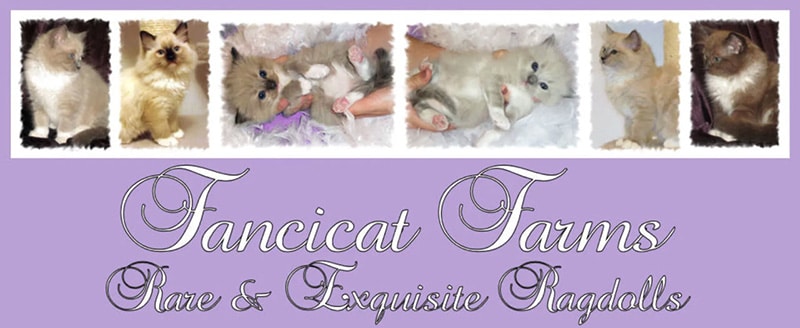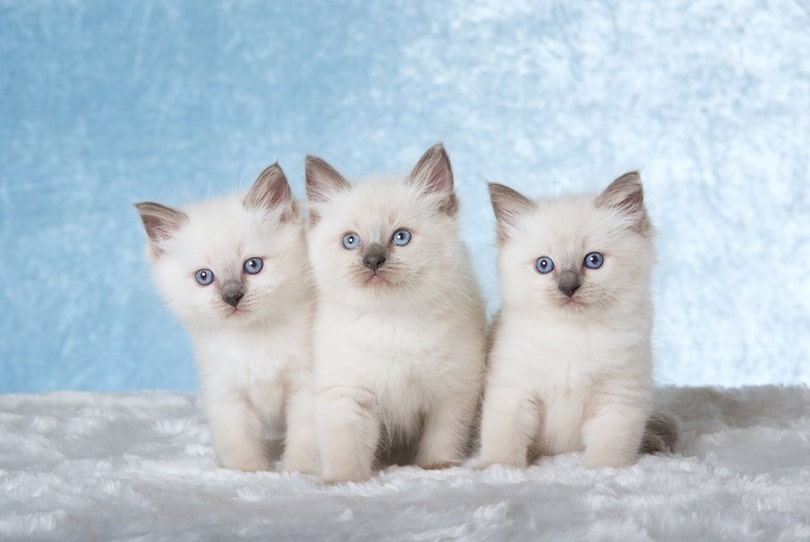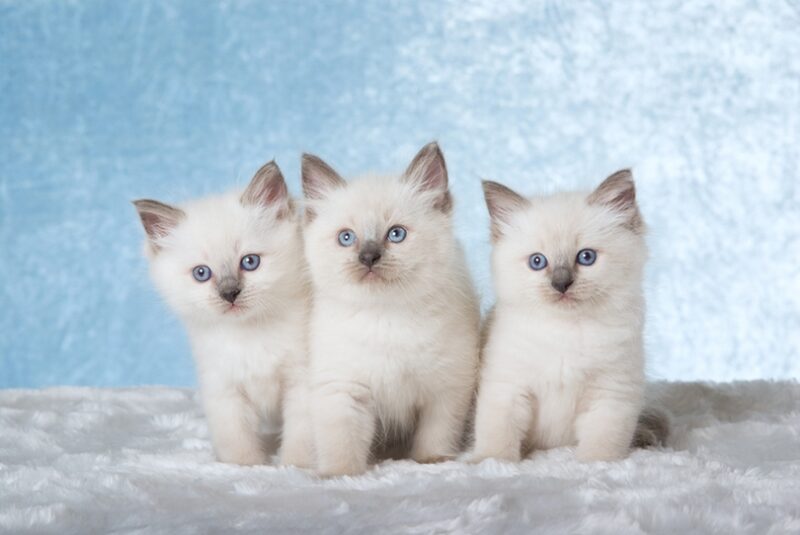Catster advocates for adopting before shopping, though we fully understand there are many reasons for seeking a breeder. So, we encourage it to be done the right way. We have not personally visited or investigated all of the breeders below. We have put the top-recommended all in one place for you to get in touch and make the best decision for you. Learn more about our stance and how to choose the right breeder here.
When it comes to bringing home a Ragdoll kitten, you want to make sure you choose a responsible breeder who breeds healthy cats and sells healthy kittens. In Alabama, your options are pretty solid when it comes to finding registered, responsible breeders of Ragdolls. In fact, there are more Ragdoll breeders registered in Alabama than most surrounding states.

The 5 Ragdoll Kittens Breeders in Alabama
1. RockinBlues Ragdoll Cattery

- Gulf Shores, AL
The RockinBlues Ragdoll Cattery is registered through the Ragdoll Fanciers Worldwide Club, and all kittens sold through this breeder are registered with the Cat Fanciers Association or The International Cat Association. Their kittens are raised in the home with their own pets, ensuring you get a kitten that is socialized.
This breeder ensures all kittens are spayed or neutered before going to their new homes, and they don’t send kittens to homes before 12–14 weeks of age. They can ship kittens, personally deliver them, or meet up with you to get your new kitten to you. They also allow people to pick their kittens up at the cattery, which is something that kitten mills and backyard breeders rarely allow. This breeder contractually does not allow declawing and their website includes information about declawing and why it isn’t recommended.
2. Whiskers Ranch

- Birmingham, AL
Whiskers Ranch is registered through TICA, CFA, Ragdoll Fanciers Worldwide Club, and Ragdoll Fanciers Club International. They take pride in breeding and raising healthy kittens, and they breed for quality kittens instead of attempting to breed for as many kittens per year as possible. They socialize all kittens before they go to their new homes, and they breed from premier American and European bloodlines, ensuring inbreeding doesn’t occur.
This breeder raises all kittens in their home alongside their pets, including a dog, ensuring that proper socialization occurs. All kittens are litter box trained and know how to use scratchers and play with toys. Parents are health tested before breeding, so you know that between the health testing, training, and socialization, you’re getting a healthy, well-balanced kitten.
3. Fancicat Farms

- Somerville, AL
Fancicat Farms prides itself in breeding beautiful, healthy Ragdolls in a variety of coat types, including traditional, sepia, and mink. Their goal is to produce healthy kittens with the softest coats, and all kittens are raised in their home. They health test all breeding cats, ensuring all kittens produced are double negative for genetic HCM and PKD1. All cats and kittens are TICA registered.
All kittens include a health guarantee and have been microchipped, vaccinated, and dewormed. They also offer a lifetime of support to anyone who gets a kitten from them, and they have multiple delivery options. There are multiple positive reviews of this breeder, including commentary on the quality and beautiful appearance of their kittens, as well as their pleasant, well-socialized temperaments.
4. Genotype Cats

- Tuscaloosa, AL
Genotype Cats is a cattery run by a woman with multiple degrees in animal-related fields, including a Masters in Reproduction and Endocrinology and a Masters in Animal Behavior. The kittens are from high-quality, diverse breeding stock that has been imported from all over the world, including Italy, Greece, and Germany.
This breeder currently has dozens of positive reviews for everything from customer service to healthy, beautiful kittens. All kittens are raised in the home where Golden Retrievers are also bred, so the kittens are well-socialized and are used to dogs. All breeding parents are health tested and negative for the genes associated with HCM and PKD.
Kittens are ready to go to their new homes no earlier than 13 weeks of age, and they are all sold already spayed or neutered or on a spay/neuter contract.
5. Ivy Rose Ragdolls

- Dunlap, AL
Ivy Rose Ragdolls is a small Ragdoll breeder that relocated to Alabama from New York, where they frequently visit, so kittens can easily be purchased in both states. They don’t ship their kittens, instead preferring to meet the new owners and ensure the kittens will be in a safe, fitting home. All kittens are registered with TICA, and parents are guaranteed negative for FeLV and FIV.
The kittens are raised in the home and are well socialized before going home. They are covered for hereditary and congenital defects for 2 years after purchase. This breeder does not contractually allow declawing. They also offer adoptions of spayed or neutered cats who are older juveniles or retired breeders.
Related Reads::
- Ragdoll Kittens For Sale in Pennsylvania: Breeders List
- Ragdoll Kittens for Sale in Oregon: Breeders List
Featured Image Credit: Linn Currie, Shutterstock










